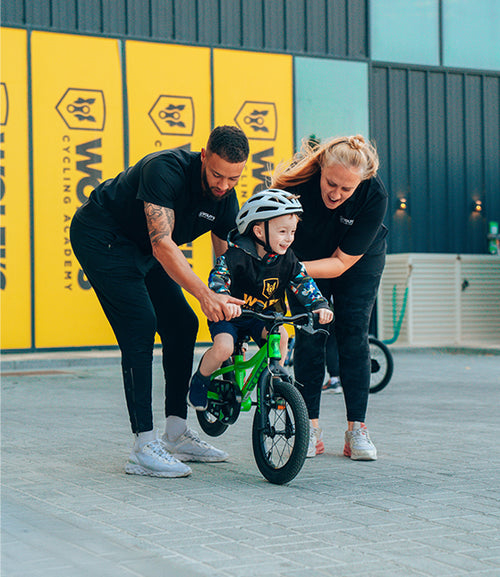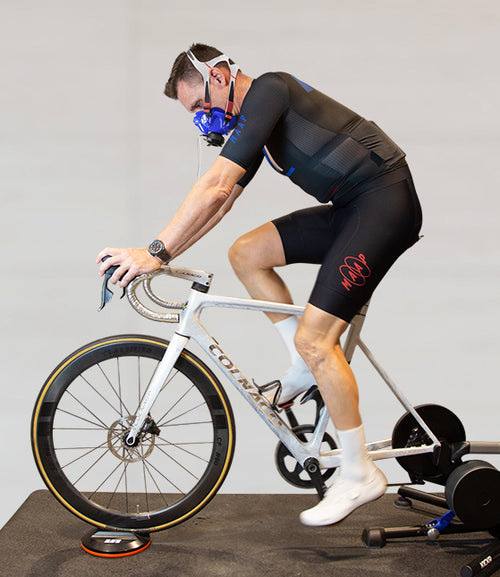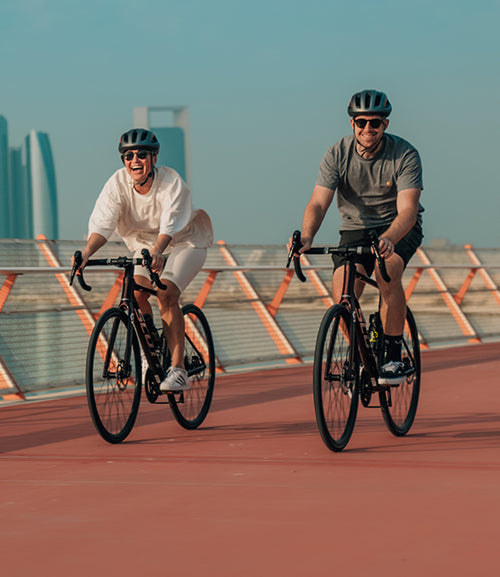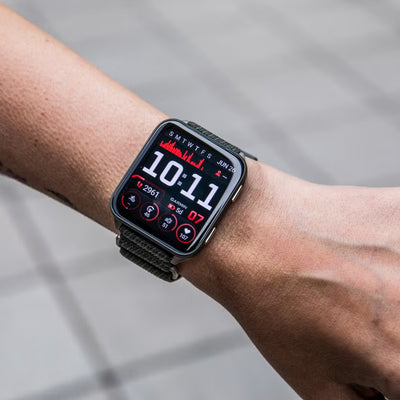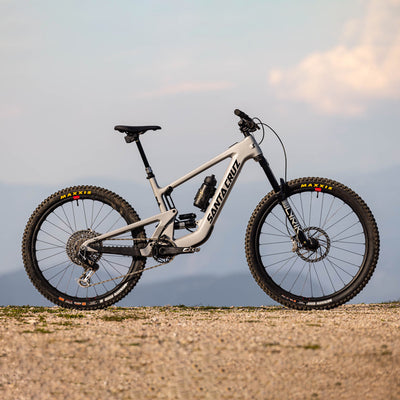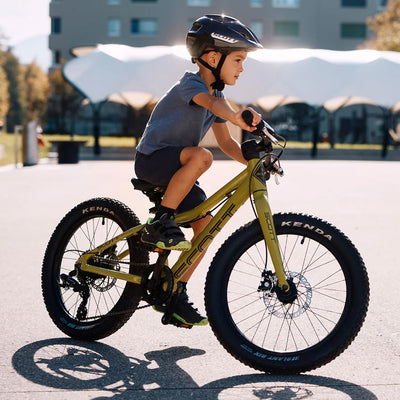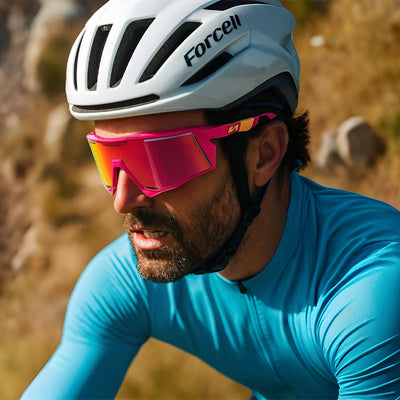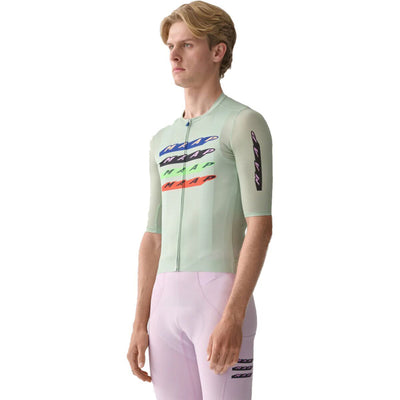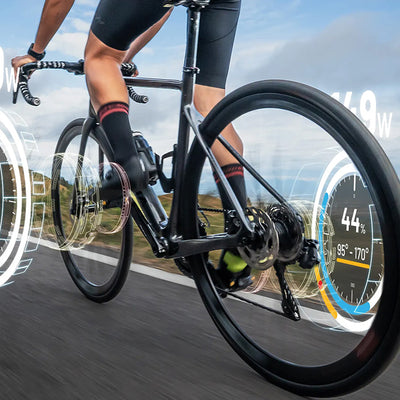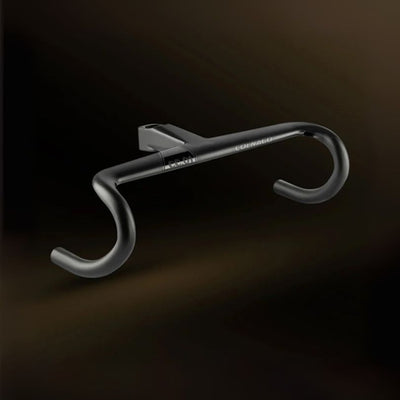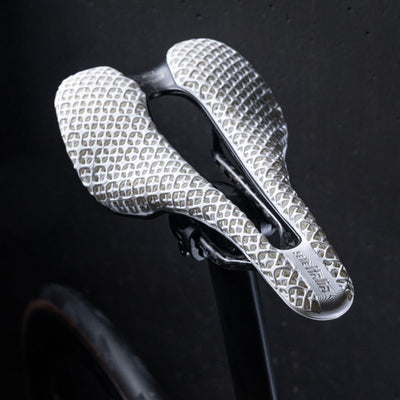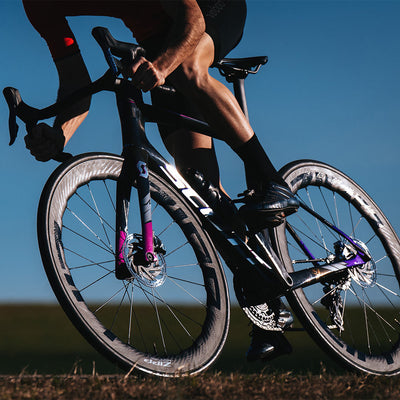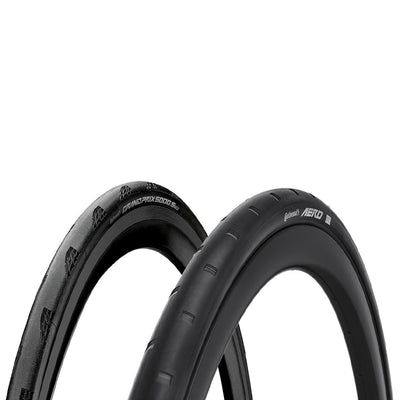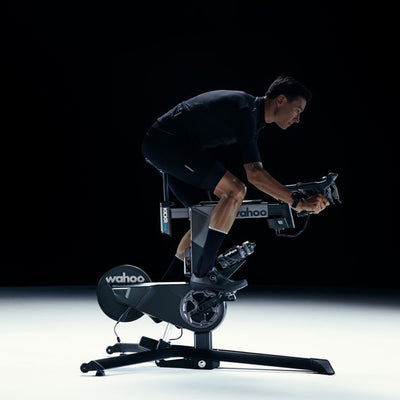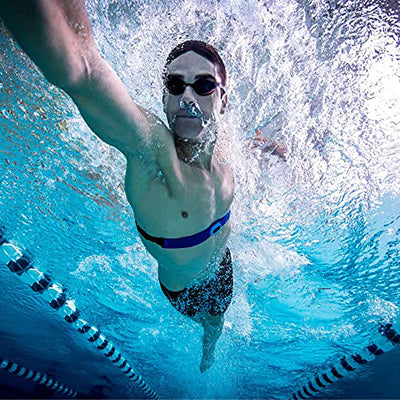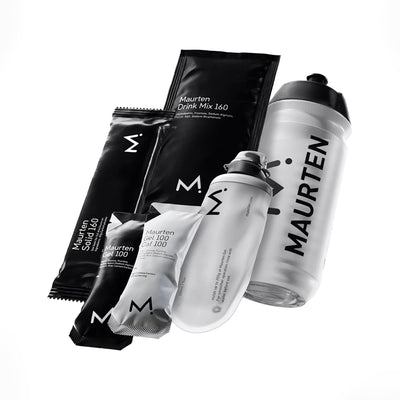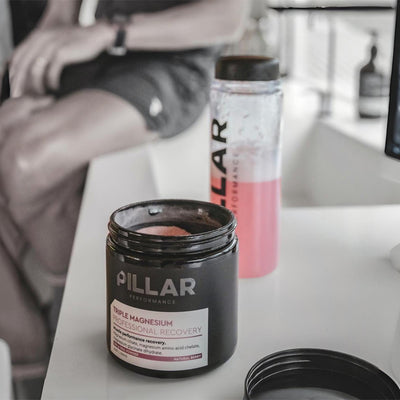Cycling 5,400 Kms in 25 Days!
Journey Across the United States
Transam Bike Nonstop Journey – 2025 Story
When he first dipped his wheels into the Pacific Ocean in Astoria, Oregon, he knew the road ahead would be long. But he didn’t yet understand just how deeply it would shape him.
5,400 kilometers stretched between that quiet coastal town and the nation's capital. Mountains rose like questions. Storms rolled in like doubt. Every climb, every sunrise, every aching push forward became a conversation with the limits he thought he had.


He wasn’t just racing a clock. he was chasing a question that had been quietly building inside me for years: How far can we really go when we strip everything back and trust in our own strength?
For 25 days and 7 hours, he lived in motion. He rode through pain, through awe, through silence. He saw entire landscapes change while he remained the same and yet somehow, entirely different..
And when he finally rolled into Washington D.C., muscles trembling, chain grinding, the city lights ahead— he broke. The tears came suddenly, without shame or warning. Not from pain, but from the overwhelming clarity of it all. He had crossed a continent, but more than that, he had crossed into a part of himself he had never touched before.
This is the story of that crossing of chasing human potential across the open road, and finding pieces of himself scattered all along the way.
The Route and The Race

The journey began on the fog-lined coast of Astoria, Oregon . Day 1 was gentle—a ride into rhythm, winding through forests to Gresham. But soon the terrain sharpened. By Day 2, he was carving through canyons toward Maupin. On Day 3, he reached Mitchell, Oregon — Checkpoint 1 , a tiny town tucked in Oregon’s Painted Hills. It was early, but the gravity of the race began to settle in.
Oregon’s high desert gave way to long climbs and wide silence as he pushed through Dayville and onto Ontario. Idaho’s Garden Valley and the quiet ascent to Challis brought solitude, while the ride to Rexburg served as the gateway into the rugged terrain of the Rockies.
Entering Wyoming , the landscape turned raw and untamed. On Day 8, he reached Moran, Wyoming — Checkpoint 2 , nestled near the base of the Tetons. The views were breathtaking, but the terrain unforgiving. From there, the race took on a new rhythm; harder, colder, steeper.
The route rolled across wide Wyoming plains to Casper and Lusk before shifting into the mental game of Nebraska . Here, the land stretched flat and featureless, and small towns felt miles apart. After Valentine and Ainsworth, he passed through Norfolk and Blair before entering Iowa.
By Day 17 , he arrived at the Mississippi River and crossed into Burlington via the historic bridge — Checkpoint 3 . That crossing marked more than a state line, it was a powerful psychological milestone. He had made it halfway across the country.
From there, the rolling hills of the Midwest gave way to steady grinding through Illinois and Ohio. The final stretches into Cumberland and Washington, D.C. felt suspended in time—quieter, more internal. Every pedal stroke was now a memory in motion.
Gear & Bike Setup
For a race like this, your bike isn’t just equipment — it becomes an extension of your body. Every choice matters, because over 5,400 kilometers, even small inefficiencies become big problems.
His setup was dialed thanks to the incredible support from Wolfi’s , who helped him with servicing and provided key spare parts. "Having a trusted bike shop behind me meant peace of mind on the road."


He rode a Scott Addict Gravel bike, lightweight, responsive, and rock-solid across all kinds of terrain, from smooth tarmac to rough shoulder gravel. It handled the diversity of the route with confidence and comfort, even when his body didn’t.
For luggage, he went full Tailfin:
- Tailfin Aeropack (rear)
- Tailfin Panniers (2x5L) for dailies
- Tailfin Frame Bag and Top Tube Bag for tools, snacks, and on-the-go essentials
- Cyclite Aerobar Bag - perfect for food and refills
The setup was nearly perfect. Everything stayed balanced and accessible, with minimal drag and no shifting issues even over rough surfaces. If he were to change anything, he'd carry more water capacity, especially for the remote and exposed stretches across Idaho, Wyoming, and Nebraska, where resupply options were sparse and the heat unforgiving.
All in all, this setup allowed him to stay light, fast, and self-sufficient—exactly what you need when racing the clock across a continent.
Pre-race Blues
As the race approached, excitement gave way to anxiety. In the two weeks leading up to the start, he struggled with intense pre-race nerves, so much so that he ended up making multiple hospital visits just to manage the anxiety. His body was ready, but his mind wasn’t convinced.
After a grueling 22-hour flight to Portland , he ran into a hotel dispute on arrival and had to scramble for a new place to stay, exhausted and disoriented. It wasn’t the calm lead-up he had hoped for. But there was a bright side: he met a few fellow riders before the race, and those early connections gave him something to hold on to.
Then came the start line. And just like that— the anxiety disappeared . As soon as the wheels turned, it was just him, the bike, and the road. Everything else faded. The fear, the noise, the uncertainty, it all fell away.
Training & Preparation
A ride like this doesn’t just begin in Astoria—it begins months, even years, before the first pedal stroke. He spent a full year training for this race, building not only the physical endurance to ride day after day, but the mental resilience to keep going when his body begged to stop.
His weeks were structured around intensive threshold blocks during the weekdays—sessions that pushed him deep into the red—and long endurance rides on weekends that simulated the fatigue and pacing he'd face on the road. It wasn’t just about fitness—it was about adaptation: teaching his body how to recover quickly, fuel efficiently, and ride smart.
He was fortunate to have expert support. Coach Niel Copeland guided him through each phase of the build-up, balancing intensity with recovery, and helping him train with intention, not just volume.
Nutrition was equally crucial. Thanks to the advice of Vicky Walshaw, he developed a fueling strategy that carried him through the most demanding stretches of the race. From pre-race glycogen loading to on-the-go calorie management, her guidance helped keep the engine running even when everything else was screaming for rest.
Training for this event wasn’t just about legs—it was about systems. Sleep, mindset, fueling, pacing. It all had to work in harmony. And on race day, it did.
Daily Life on the Road



Out there, life shrinks to something beautifully simple: ride, eat, rest, repeat. Each day began early, sometimes before sunrise, with the quiet sound of gear zipping shut and the first crank of pedals into motion. He spent 12 to 15 hours a day in the saddle , moving through vast and varied landscapes, chasing the next meal, the next mile, the next bit of shelter.
Nothing about the journey was pre-planned. He didn’t have a fixed itinerary or hotel bookings, everything was on the go , guided by weather, fatigue, and where he could find a roof for the night. Most evenings ended in simple roadside motels, the kind with flickering neon signs and soft beds that felt like luxury after a brutal day of climbing or headwinds.
In the Midwest, finding a place to sleep was sometimes a challenge. On more than one occasion, he had to detour over 10 miles off-route just to find a motel. Those unexpected diversions became their own part of the story, extra miles, yes, but also chances to meet people and witness places he would’ve otherwise missed.
And everywhere he went, he met kind, generous Americans, people who offered directions, filled his bottles, or just stopped to ask what he was doing. Their curiosity often turned into quiet encouragement. A stranger handing him fruit at a gas station. A motel clerk offering a discounted rate after hearing his story. These small gestures added up to something bigger: the feeling that he wasn’t alone out there.
The road was long, and often silent. But it was never empty.

The Highs & Lows
A journey this long naturally brings extremes, moments of awe, and moments that nearly break you. What surprised him most was how closely they often lived beside each other.
The highs were many. The scenery was endlessly changing and endlessly beautiful, towering mountains, wide golden plains, quiet tree-lined roads at dusk. He was constantly reminded how vast and varied America really is. And then there were the people: kind-hearted strangers , warm conversations at gas stations, and helpful hands when he needed them most.




What kept me going, even when he was alone, were the friends and followers who cheered him on through Instagram, Strava, and messages. He’d arrive in a small town, exhausted, and see a notification from someone who’d been tracking my progress. Their words carried real weight. He was riding solo, but he was never unsupported.
But there were lows, too. The gravel sections punished his hands and legs. The rolling hills —especially in the Midwest and Appalachia—were deceptively brutal, a kind of relentless up-and-down that wore him down more than any mountain pass. In the first week, jet lag clung to him, making everything harder than it should have been. His body felt out of sync, sluggish, like it hadn’t quite arrived in the same time zone as my ambition.
And yet, he kept moving.
There’s something that carried him through all of it, something he can’t quite name. It wasn’t just discipline or training. It wasn’t just the dream of the finish line. It felt deeper, quieter, something unknown that kept rising inside him each time he wanted to stop.
"Maybe I'll never be able to explain it. Maybe I don’t need to."
Finishing in Washington D.C.


The final morning felt quiet—eerily quiet. He left Williamsport after sunrise and slipped onto the trail, a ribbon of gravel and dirt winding through trees, past sleepy towns, and along hushed waterways.
Unlike the chaos he expected from approaching a major city, the trails into Washington D.C. were peaceful and empty , like the road itself knew this was the end and wanted to give him space to feel it.
He rode those last kilometers in silence. No music. No distractions. Just the soft crunch of tires, the morning air, and the knowledge that something monumental was coming to a close.
And then, he arrived.
He was in tears. Completely overwhelmed. Not from pain or triumph—but from something deeper. He felt hollow and full at the same time. The journey, the effort, the solitude—it all landed on me at once.
He didn’t say anything. He couldn’t. His arrival was marked not by celebration, but by stillness. A kind of stunned reverence for what he had just done.
"Even now, I haven’t mentally recovered". The race may be over, but pieces of me are still out there—scattered on mountain passes, in roadside motels, on quiet Midwestern highways.
The Finish wasn’t loud or dramatic. It was deeply personal. A quiet, tear-streaked arrival at the edge of a dream he'd been chasing for 25 days.


Reflection & Conclusion
People often ask why? Why ride 5,400 kilometers across a continent? Why put yourself through the pain, the fatigue, the uncertainty?
"I still don’t have a simple answer."
There is something powerful about giving yourself fully to a journey that has no guarantees. About waking up every day with one job—to move forward—and letting that purpose strip away all the noise of life.
Out there, he wasn’t chasing a medal or a podium. He was chasing presence. Grit. Clarity. He was seeing what’s left when comfort is gone, when you're reduced to motion, and when the only voice that matters is your own.
And what he found was both humbling and expansive. The road taught him patience. The solitude sharpened my awareness. The struggle reminded him how rare it is to feel completely, undeniably alive.
"I finished this race, but I don’t feel finished. Something in me is still turning over, processing, questioning, remembering. And maybe that’s the real gift of this journey: not what it proved, but what it awakened."
This wasn’t just a finish line. It was a moment of becoming. A reminder that human potential doesn’t live in comfort—it lives out there, on the far edge of effort, where doubt turns into discovery.
He set out to test his limits.
"I think I found something bigger."
He’s now working on an exciting new project, #ForTheLoveOfMovingForward.
Show your support by following him on Instagram: @becoming.in.motion.

